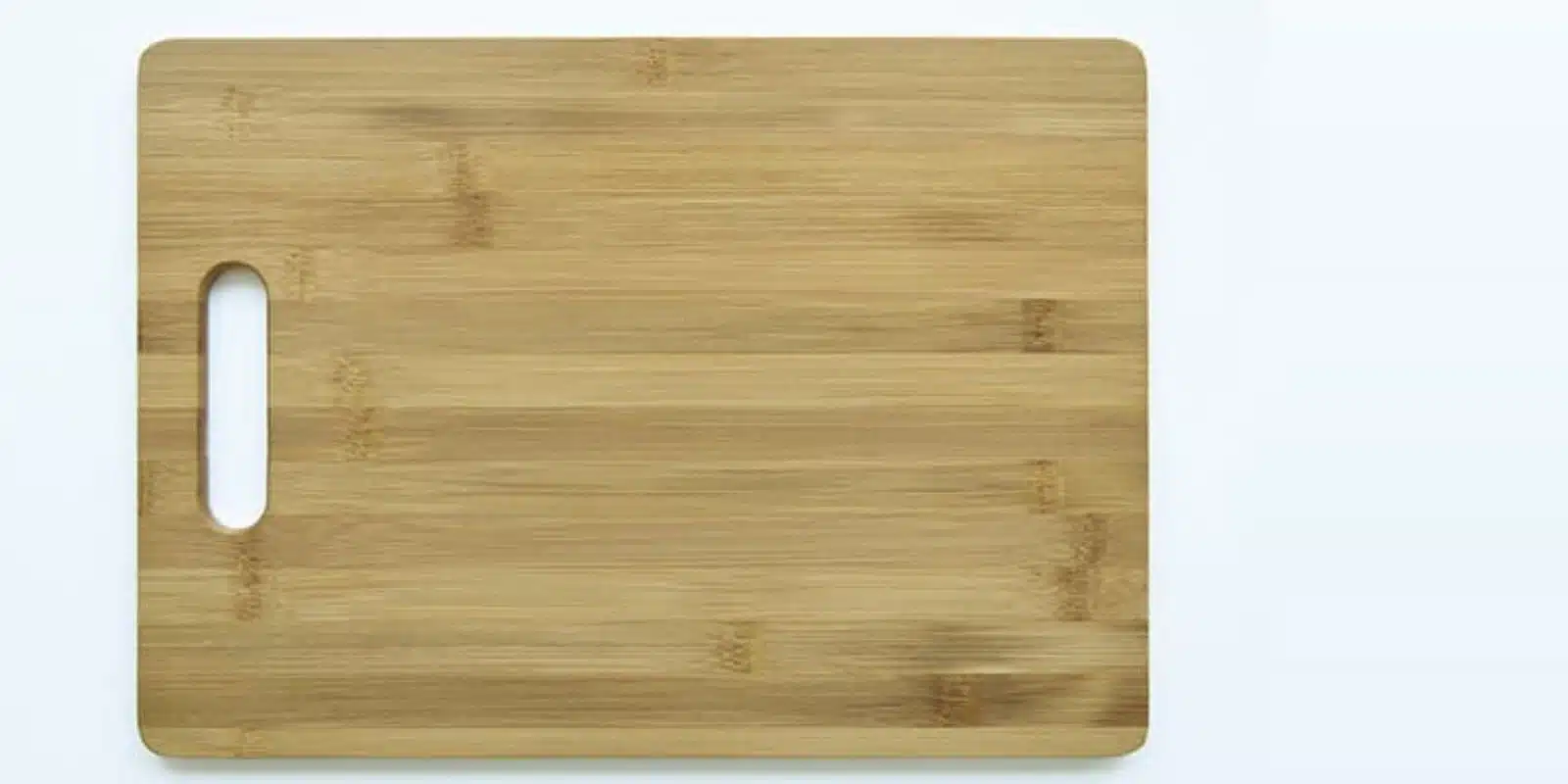How to Take Apart a Bissell Vacuum and When Do You Need
Owning a Bissell vacuum makes it a lot easier to clean rooms, carpets, and other areas more effectively than ordinary vacuum cleaners. Frequently vacuuming your home also makes it smell fresh and look tight and clean.
However, homeowners come across the situation when their vacuum doesn’t suck up the dust that much. This is quite common that the vacuum stops sucking things all of a sudden. If the tool is under warranty, you can get it fixed by a repairman from the manufacturer.
Now, if you are here to know how to take apart a Bissell vacuum, then I assume that you don’t have the warranty or much time to visit the shop to get the thing done.
Luckily, disassembling and taking apart this particular vacuum cleaner doesn’t require much technical skills.
Contents
When Do You Need to Take Apart a Bissell Vacuum?
As vacuum cleaners mostly deal with dust and debris, it’s obvious that dust particles would make their way to the internal parts of the tool. When this happens, your vacuum can no longer suck up stuff, or it performs poorly.
If this has nothing to do with the hardware, meaning hardware are well-functioning, all you need is to take apart the vacuum for cleaning and washing purposes, and then assemble the parts as it was. You will see the tool performing just like it used to.
Taking Apart a Bissell Vacuum
Even though it seems the vacuum has a bit complicated construction and structure, with little knowledge about screwing and unscrewing things, you are good to go for the task.
Before everything else, read the manual first. All Bissell vacuums are the same; if there is any special instruction from your manufacturer, it will make sure you don’t do anything that you shouldn’t attempt. In addition, the manual will also have instructions about cleaning the vacuum. If you don’t have the manual, you can go to the manufacturer’s website and find it.
While taking apart the components, carefully notice the placement of them because you have to reverse the disassembly to be able to reassemble after washing them.
Things You Will Need
Make sure you have the following tools before you attempt to disassemble the vacuum.
- Cross-point and flat-head screwdriver
- Scissors
- Pliers
- Small bowl
- Lint-free cloths
- Sturdy comb
- Dust mask and latex gloves
- A bucket full of warm water and a dish soap
Find a Suitable Working Area
Things will get messy while following the procedures below. So, choose a suitable location for doing it. Make sure you have an old sheet on the floor so that you don’t have to wash it later.
Take the Components Apart
To begin with, fill a bucket with warm, sudsy water. Remove the detachable parts of the tool, and place them in the bucket. Also, detach all the attachments as well as hoses.
Locate all the screws all around the case of the vacuum cleaner. Use the right screwdrivers to unscrew these. Make sure you put the screws in a box or a safe place so that you don’t lose those. When all the screws are removed, you should be able to open the case.
To Remove the Handle
You might need to use a Phillips head screwdriver to be able to take the carry handle apart, depending on the model you have. Then, pull the handle towards you from both sides to pop it off from the tool. Now, use the flathead screwdriver to remove the small clip, and finally pull the handle to detach it.
To Remove the Brush
Models that come with a brush require some additional detaching steps.
First, turn off and unplug the carpet cleaner. Gently step on the handle to release the pedal, and pull back the handle. Lay it down on the floor.
Remove the tanks, and put them aside as well.
Use the tip of the flat-head screwdriver as a lever and insert it into the slot of the belt access panel to lift it off.
Wash the Parts
You will find a bag and a belt inside the vacuum. These are the ones that you must clean. First, remove dust and dirt off the accessories, and then place these in the bucket. Vacuums that don’t have such a bag, washing canister, or dust storage will become much easier to clean in that case.
Once you wash the parts with sudsy water, dry them with a lint-free cloth. Use the comb to remove dust and dirt from the brushes of your vacuum. If you find strings or hair inside it, use scissors to get rid of these.
Re-assemble the Parts
When you are done with washing all the internal parts of the vacuum, place the parts inside the vacuum as these were before. If your model comes with a bag, be sure to insert a new one. If the filter is washable, consider washing it as well. And if this is not the case, consider replacing the filter.
Be sure to dry the parts before you re-attach them. Double-check whether the parts inside the vacuum are properly placed or not.
These above steps are for Bissell vacuums of all types. So, you are good to follow the steps no matter which model you own.
Bissell Vacuum Doesn’t Suction?
The most common reason for a vacuum not being able to suction properly is due to the improper placement of the tank. Make sure the tank is seated correctly.
To fix it, pick the tank up and re-seat it snugly on the vacuum. If the issue still persists, be sure to assemble the tank properly. Grab the handle to pick up the tank, and then align the latch accordingly. This should fix the issue if there is nothing to do with malfunctioning hardware.
Final Words
After you figure out how to take apart a Bissell vacuum following the steps above, you should be able to clean and wash the parts thoroughly. Whether you own an upright or handheld or a Bissell Powerforce canister, your tool should perform as if it’s new after cleaning.
Be sure to follow the same steps if you face poor suctioning or poor cleaning issues in the future.





